

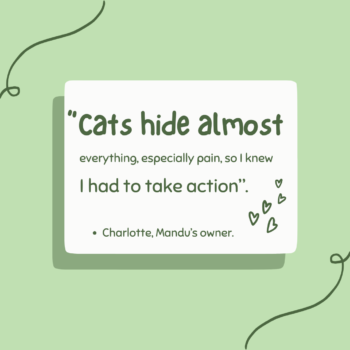
Arthritis in cats is a surprisingly common and serious health concern, without treatment the
pain will continue to worsen, particularly as the damp, cold weather starts. Recognising signs of pain in your cat can be tricky as they are very good at hiding the signs of struggling and discomfort. But as your cats protector, you know your pet better than anyone in the world so if you think that your cat is not quite as agile as they used to be, please do not hesitate to contact our team for advice and support.
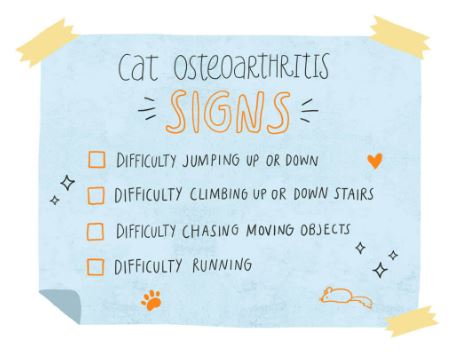
Dull, matted coat – due to less self grooming.
Changes to personality – more irritable.
Not jumping up to their usual window sill / sunny spot.
Having accidents / missing the litter tray.
If you suspect your cat is struggling, do not panic, our team are available to help support you and your pet. We have a new injectable pain relief designed specifically to target the aches and pains of arthritis, meaning your cat can enjoy a comfortable, pain free life again.
All four of our West London surgeries are able to provide a treatment plan to support your pet. If you are not yet a client please register yourself and your pet here.
Already a client – please contact your local Young Vets surgery to discuss the treatment available and whether your pet is a suitable candidate.
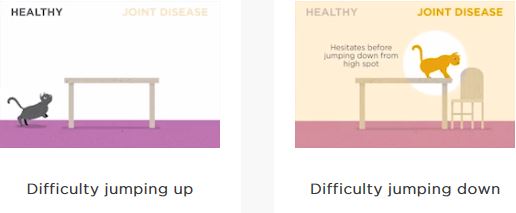
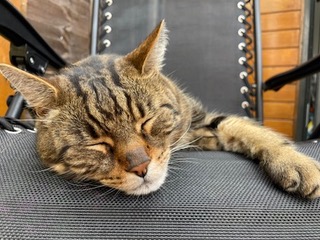
“Last year I noticed that when my 10 year old cat walked away from me, his back legs seemed stiff and he resembled a cowboy, akin to John Wayne! When Mandu climbed stairs, it was laboured and he didn’t like jumping up on to walls anymore.
My husband built some ramps around the home to help support him, the fence ramp is very popular but the stair ramp, not so much!

Last October, at Mandu’s yearly vaccination, the vet checked his hips and back legs and, after much hissing, the vet announced her suspicions – osteoarthritis. I had no idea that cats, like dogs and humans, could be inflicted with this horrible condition.
Mandu was prescribed a joint supplement, but after one month there was no change. I was recommended a new treatment, produced especially for cats to alleviate the pain of arthritis and improve mobility. Results from other patients were proving to be very promising.

In February, Mandu had his first dosage (two vials as he’s nearly 8 kilo’s) and it was amazing to see the difference, within days he became more agile and comfortable. As a result, he returns every month for his top up dose, the cost of which is supported by my pet insurance.
The impact of chronic pain will affect your cat’s quality of life, as a fellow osteoarthritis sufferer, I know. Here’s hoping a human version is produced soon!”
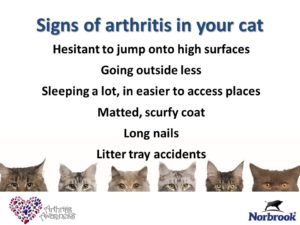
Why not take a short 8 question checklist, to help identify your cats quality of life, not just physically but emotionally.
The good news is that by identifying your cat’s condition, together with the help of our experienced team, we can develop a care plan to help put the spring back into your feline. Take a short feline only quiz here.
If you have concerns about your cat, please do not hesitate to contact our friendly team for advice and support on your pets individual needs. This pet blog is not intended to replace discussions with a veterinary surgeon and has been produced by the Young Veterinary Partnership with support from Zoetispetcare.com
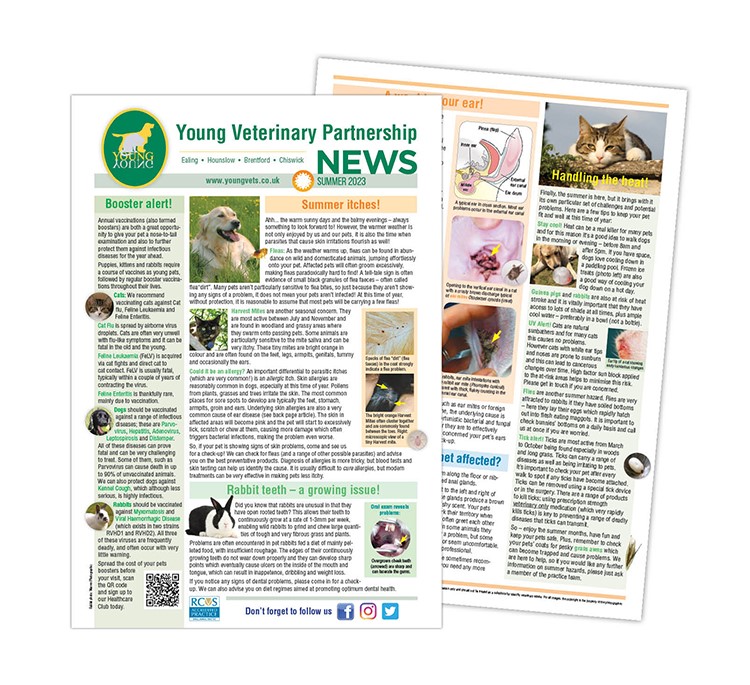
Keep your pets cool this summer. Our pet blog has arrived and it includes some great advice on keeping your pets cool during the summer heat. Be the first to read our blog here. Heat can be a real killer for many pets, especially golden oldies and brachycephalic breeds.
Have you considered brain training, enrichment or trick training to tire your dog out without walking them in the heat?

Our Summer news discusses the different causes of ear problems, a common ailment in cats, dogs and many rabbits that we see here at Young Vets. We recommend checking your pets ears at least twice a week for signs of irritation or infection. Read our latest pet blog for advice on signs to watch out for and what to do if you suspect a problem.

Ticks are most active from March to October being found in woods and long grass. Our latest pet blog discusses the problems that ticks can cause and how to remove them safely from your pet. If you want to discuss tick protection for your pet please contact our friendly team for advice on the most suitable product for your pet.
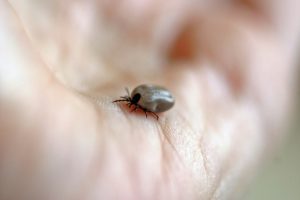
Do you see your dog scooting their backend along the floor, or are they ferociously nibbling at the back end / tail area, this could indicate blocked anal glands. Our Summer Pet Blog explains more on anal gland irritations, a common problem in some dogs. Our team can also offer advice on how to help manage the problem and prevent it re occurring, although some pets have to visit on a regular basis for this problem.
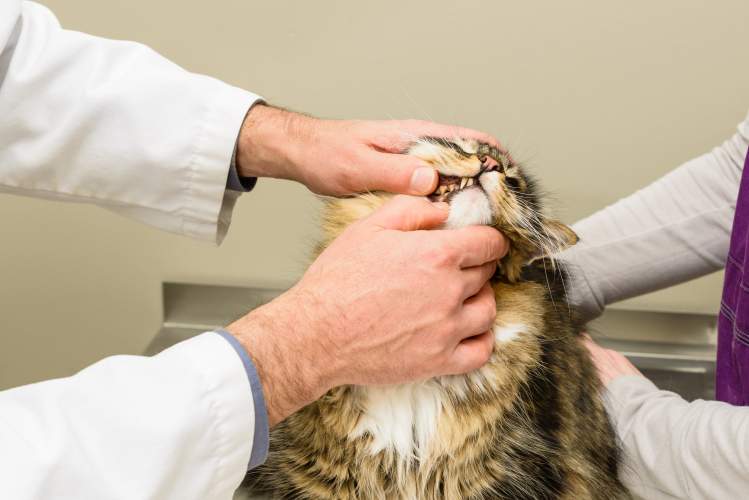
Arthritis is a chronic condition caused when the normal joint tissues degenerate (or wear away), leading to pain and ongoing damage.1,2 Arthritis commonly develops in middle age, with older cats more likely to demonstrate signs of arthritis.
Arthritis in our pets is sadly very common. Around 40% of all cats will show signs of arthritis and more than 90% of cats older that 12 years have signs consistent with arthritis when looking at x-rays of their joints. If left untreated, the pain will become worse over time.
Despite how common arthritis is in cats, it is underdiagnosed. Globally, only around 13% of cats with arthritis will receive a diagnosis and therefore, treatment for their chronic pain. So why is this number so low?
The nature of the cat’s behaviour means they tend to hide signs of illness or pain. In the wild, showing signs of illness would make them vulnerable to predation from other animals and this behaviour has carried over to our pet cats. Whilst beneficial in the wild, this is not helpful in a home environment. It means that illnesses can be well advanced before we notice anything is wrong.
Another reason why arthritis in cats is not easy to spot, is due to the common misconception that slowing down or being less active is a normal change as cats get older. This is not the case. If your cat becomes less active, shows less interest in or a reluctance to play, this could be a sign that your cat is suffering from arthritis.
However, if we are aware of the behaviours (or lack thereof) associated with arthritis in cats, we can spot the signs earlier, meaning we can ensure our cats are comfortable, more mobile and have a good quality of life.
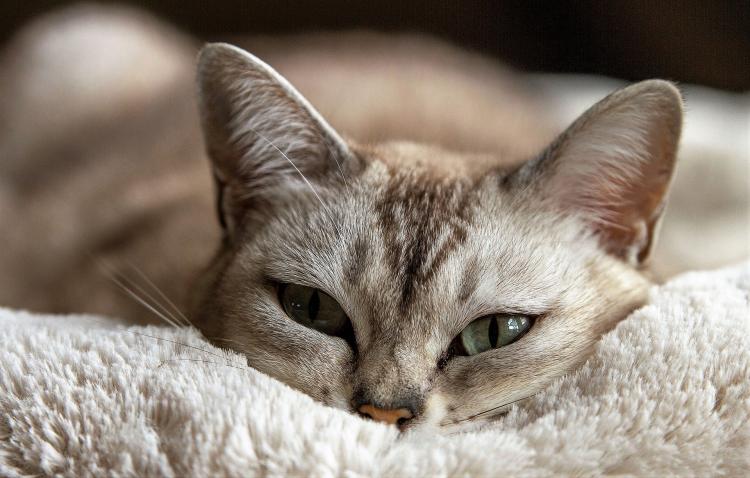
Spotting the Signs of Arthritis
It is important to note first that you know your cat best as their owner. These signs give us clues that there may be arthritis affecting one or more of your cat’s joints. Any deviation from the ‘normal’ behaviour of your cat warrants a visit to the vet for a check over. As we have already mentioned, cats are experts at hiding signs of illness and your vet will be happy to examine your cat if you are worried.
If you notice any of these signs in your cat, it could indicate they have pain associated with arthritis. It is important to seek treatment from your veterinary surgeon if any of the above are noticed.
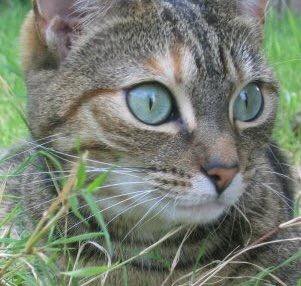
Cat Blog produced by Pet Dialog. If you have concerns about your feline friend don’t hesitate to contact our friendly team for advice on your pets individual case.
References:
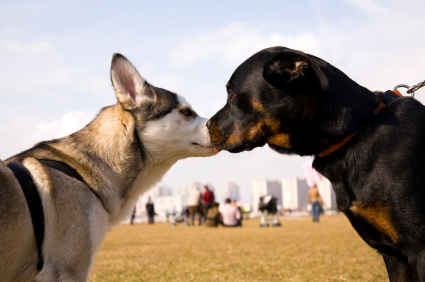
Allergies, Itching and parasites. As the weather improves, have you noticed your pet becoming more itchy? If your pet is showing signs of a skin problem, have a read through our Summer Pet Blog, it looks at the possible causes of seasonal itching.
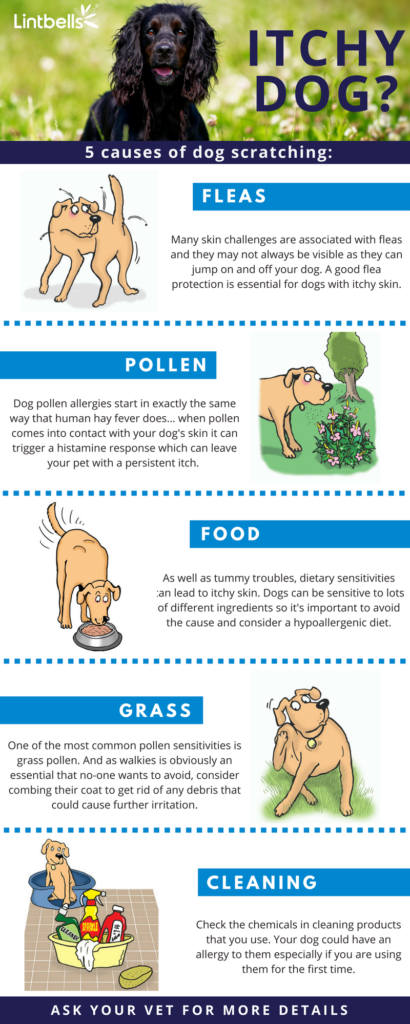
will start their first season from as young as four months of age, usually in the Spring or Summer months. Besides preventing unwanted pregnancies, there are many other benefits to neutering your male and female pets, read Our Summer Pet Blog here to understand the benefits of neutering your pet.
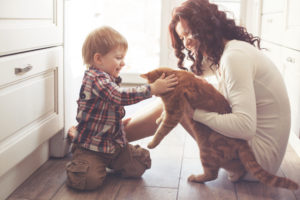
Our Summer Pet Blog explains how your dog can contract this highly contagious cough, the signs to watch out for and how to reduce the risk for your dog.
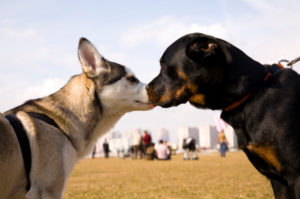
Also featured – Summertime at last! Summer safety tips for your cat, dog and small furries. Rabbits; Just like other pets, rabbits benefit from regular vaccinations and health checks to keep them in tip top condition.
We hope you enjoy reading our Summer News Blog, don’t forget to keep your pets cool this summer. If you have a question on any of the articles mentioned please do not hesitate to contact our friendly team for further help and advice.
We are passionate about pets and will treat your pet with the respect they deserve. Our Brentford surgery is led by Dr Charlotte Attwood MRCVS. We have onsite parking for your convenience and a wide range of services available to help you care for your pet.
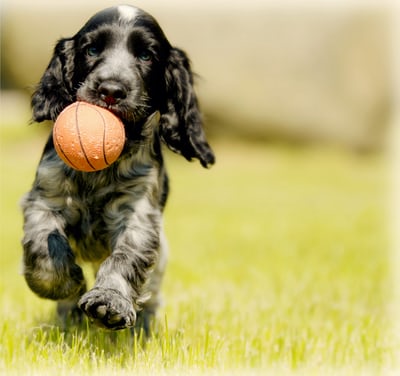
We are pleased to now be able to offer Laparoscopic or Keyhole surgery for neutering female dogs, removal of retained testicles in male dogs and obtaining certain biopsy samples such as liver biopsies. Please note that your pet needs to weigh a minimum of 10 kg’s for our team to be able to perform keyhole surgery.
Here at Young Vets, we like to be able to provide choice in pet care and treatments where-ever possible, whilst continuing to maintain the highest level of care and service for your pet.
Keyhole surgery requires specialised equipment, additional maintenance costs and a higher level of surgical expertise meaning the cost in unfortunately higher but the benefits to your pet can include >

During keyhole surgery, routinely the ovaries are removed, whereas during a routine spey surgery your pet’s womb (uterus) and ovaries are removed, meaning shortened time that your pet in under anaesthetic. Neumerous medical studies have shown that there is no need to remove a healthy womb during keyhole surgery.
When booking a neutering surgery with us, what can you expect?
The Keyhole procedures are currently available via our Ealing surgery – If you would like to discuss with our team whether your dog could be a candidate please email our team on 0208 567 2724 for more information.
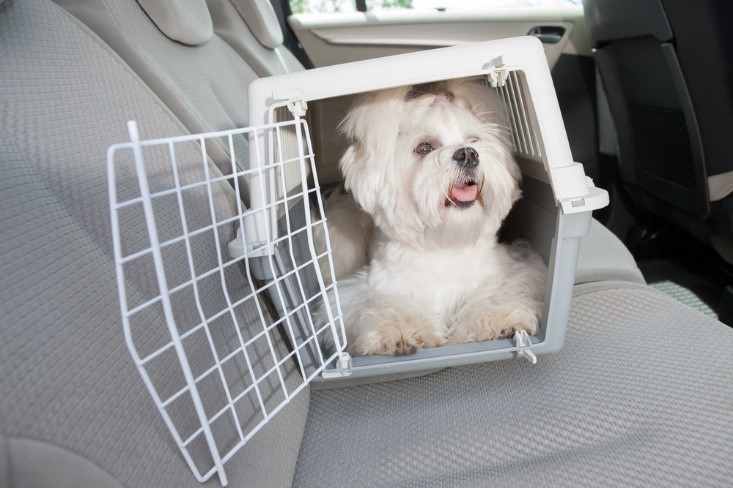
Traveling With Dogs – 5 Things Your Dog Needs To Be A Good Traveller
With the obvious exception of biscuits and falling asleep by the fire, there aren’t many things that dogs love more than exploring somewhere new. And with the continuing surge of hotels that welcome four-legged travellers, there’s a whole world of discovery out there for both of you. But first, you need to transform your dog into the perfect traveller so traveling with dogs becomes easy to handle.
1. Crate comfortable
If your pup is hitching a ride in your car, the safest way of traveling with dogs is with a crate. And if you harbour any ambitions about traveling with dogs abroad, a crate is essential if you are flying. Some think crating is cruel – but dogs don’t mind. As long as they are used to it. You can’t just spring a crate on a dog and expect them to be okay with it straight away.

Prep should start a few weeks before you intend on traveling with dogs. Get your dog used to the crate and let them walk in and out as they please. Make sure there’s a nice cosy blanket in there and some toys. Start things off by leaving the crate in the area they would usually choose to snooze. Toss in a toy or treat to entice them to go in on their own. Then progress to shutting them in the crate for just a few minutes at a time – and gradually increase the amount of time they are inside, always praising them with treats for good behaviour.
2. Doing the do on demand
Yes, it’s possible. It just takes a bit of training. And when your dog is able to answer any calls of nature on demand, your travel is less disrupted and it cuts the risk of any embarrassing hotel incidents. Find out how here.
3. Greet and treat strangers well
What’s your dog like with strangers? What about when you aren’t there? If you are traveling with dogs by air or sea, there’s a good chance you’ll have to part company for the journey. You need to know that your pooch will behave with airline or ferry staff. Any incidents and you’ll be back home before your adventure has even begun. Now where’s the fun in that?
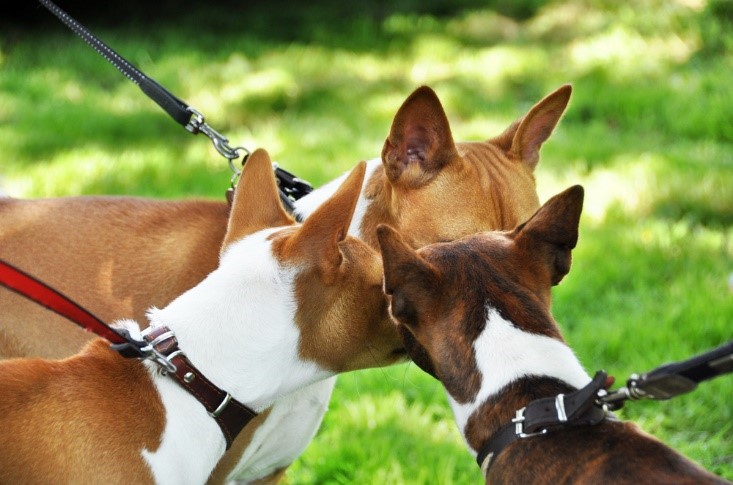
4. A dog that never loses its call
Ah, the freedom of the great outdoors. Beautiful, isn’t it? The trouble is, an unfamiliar environment can wreak havoc on your pup’s obedience. Okay, they might come when you call them in your garden or at your local park. But what about when you are in a forest and your pooch sees a hedgehog for the first time? Or goes haring off after a squirrel? The aim is for your dog to come when called – first time, every time. Otherwise it’s safer to keep them on the lead or longline.
5. No funny tummies
Just like humans, doggies can get travel sick. In fact around 27% of dogs are affected. Symptoms include restlessness, anxiety, and excess salivation, and the ultimate unfortunate car incident, vomiting. Thankfully there’s no need to change your travel plans. If you suspect your pup suffers with travel sickness, it can be remedied with simple medication. Book an appointment with your vet.
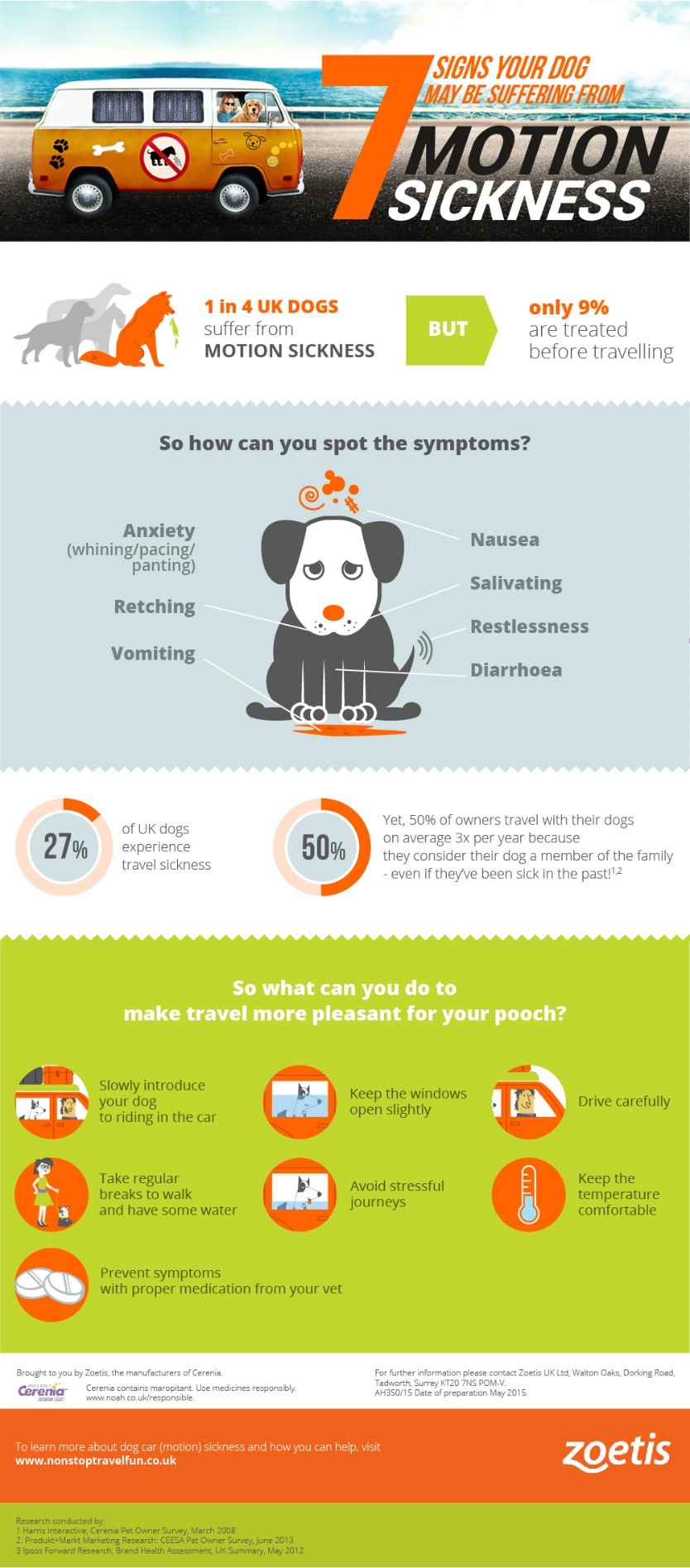
With a bit of preparation and good training, you can turn any dog into the perfect travel companion. A furry sidekick for your worldly wanders. Whether you are staying in the UK or venturing further, there’s never been a better time for traveling with dogs. Which leaves only one question: what are you waiting for?
Blog supplied by Zoetis.

It’s best to avoid disrupting your pup’s normal feeding schedule, so try to set off two or three hours after Fido has feasted. The aim of the game is to allow time for your pooch’s stomach to settle. A car sick passenger is no fun, two legs or four.
If that doesn’t fit your schedule, it’s okay to feed your dog on your journey. But find somewhere to stop and let your pup eat from their normal bowl. Dish out a smaller portion than normal and allow thirty minutes or so before resuming your journey.
Oh and you don’t need reminding to make sure any calls of nature are answered before you get moving, do you?
You want your pooch to be comfy, hey? Besides, a little familiarity goes a long way.
On short journeys dogs get excited. On long journeys dogs get bored. And boredom is one of the biggest causes of misbehaviour. Pack some distraction. One or two of your pup’s favourite chew toys – or a long-lasting, treat-dispensing toy – should keep mind and mouth occupied during the long miles. Word of warning? It’s probably best to leave the squeaky toys at home. After 100 miles it might just begin to grate.
Crating your dog can be a divisive issue among owners. But it’s worth remembering that your pup is unlikely to mind. And when it comes to motorway travel with dog in the back, it’s an important safety measure – for both of you. Alternatively you could consider a doggy safety belt. Either way it’s safer than having your pup roaming the backseats while you’re driving at 70mph and trying to concentrate.
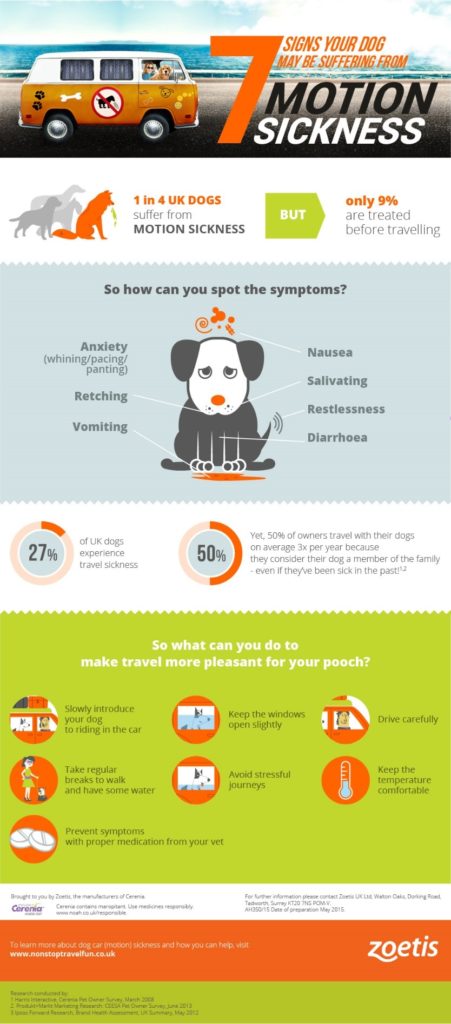
You need a break from the road, so does your dog. You need to stretch your legs, so does your dog. You need to answer the call of nature, so does…you get the picture. Do each other a favour and make time for a walk or two during your journey.
But hang on. The hard shoulder is a no-go. And the service station car park isn’t exactly exhilarating. How do you find a walk you will both enjoy, beside the motorway, in a county you’ve never visited? Ah, the wonders of the www.
When you are driving long distances, you need to keep your batteries charged. Driving on an empty stomach is no fun and not very smart. No matter where you are in the UK, you can find a tasty bite to eat in a pub that will welcome both you and your four-legged companion using either of these websites. The friendliest of pooch-friendly pubs will even offer a bowl of water and some biscuits for weary pups. Perfect.
For really long motorway trips, you might want to schedule a stopover to break up the journey. But before you resign yourself to an uncomfortable night in the car, you should know that there are hundreds of dog-friendly campsites, hotels and really fancy hotels where you can enjoy a far more peaceful night’s rest. Zzz.
This blog and images have been supplied by petdialog.co.uk If you are planning a long journey with your dog and need any further advice, our experienced team are on the phone to answer any queries that you may have. Contact Us.
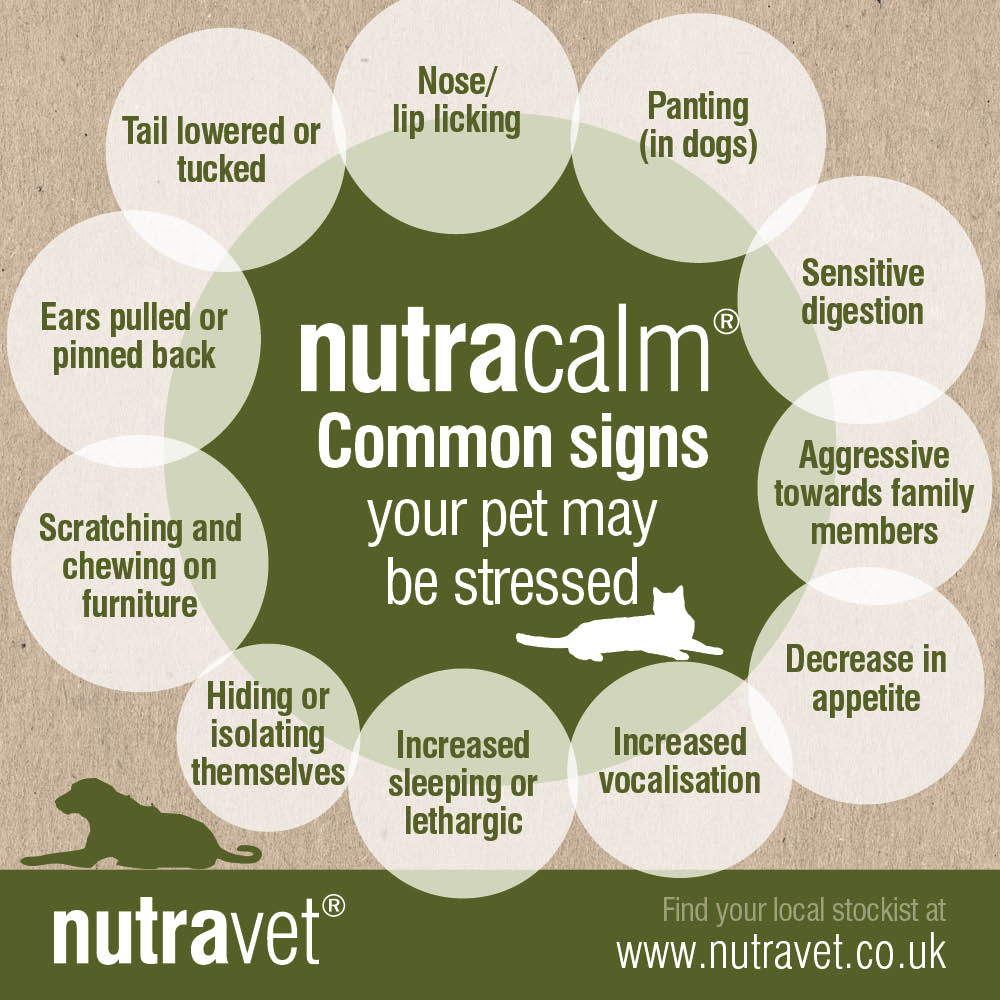
The above statistics show that your pet is not the only one with a fear of fireworks but carry on reading and we will help you care for your pet every step of the way, making it as stress free as possible throughout the fireworks season.
Every year we receive a number of phone calls and visits from worried owners, who are concerned about their pets reaction to fireworks. Both cats and dogs can suffer from noise related phobias around this time of year, the most important advice is BE PREPARED in advance.
Unfortunately for pets it now seems to be fireworks ‘season’ rather than night. We’ve put together a list of things to be aware of :
Make a den for your pet to hide in, if they are worried.
Make sure you & your family act normal – pets will pick up on your anxiety.
Walk your dog early to ensure it doesn’t get spooked.
Check microchip details are kept up to date.
Shut all windows & cat flaps.
Stock up on some news toys and treats as a distraction.
Do not punish your pet, if they are worried.
If you have more than one pet, ensure that each of them has their own hiding place and if that is where they prefer to be, don’t force your pets out. Make sure your curtains are closed and turn up the tv or radio a little louder than normal. Be aware that very stressed pets can become aggressive so please take care if your pet is showing signs of anxiety.
If you have a nervous pet or you know they are anxious around the fireworks period we have a variety of different options available for you.
For more anxious dogs, there is an innovative new product to treat canine noise anxiety. A fast acting gel that can be given at home and tailored to the timing and duration of the noise event. The get can be given at home and can be used as part of an existing canine behaviour modification programme. It is easy to administer from a syringe and ensures the correct dosage for your dog.
The syringes are a Prescription Only Medicine for use in severely affected dogs suffering with anxiety.
Nutracalm supplement’s are available at all of our surgeries, for both cats and dogs. It has been specially formulated by vets to naturally calm anxious pets and reduce unwanted or unruly behaviour in dogs and cats. Nutracalm helps reduce stress, calms behaviour, is fast acting and easy for pet owners to administer.
For cats – FELIWAY is a synthetic copy of the feline facial pheromones used by cats to mark their territory as safe and secure. By mimicking the cats natural pheromone, Feliway creates a state of familiarity and security in their environment. This comes as a plug-in or a spray. Feliway should be started 2 weeks before firework season for maximum effect.
For dogs – ADAPTIL is a product that contains a Dog Appeasing pheromone. It is a copy of a pheromone that a bitch (female dog) releases to comfort her puppies and should help to reassure and calm your dog. It comes as a plug –in, a spray or a collar. Adaptil should be started 2 weeks before firework season for maximim effect.
For both dogs and cats – ZYLKENE is a supplement derived from milk proteins that can help to make your pet feel more relaxed. Zylkene is palatable and easy to give; simply mix with food or give as a treat, just once a day. It is lactose and preservative free. These supplements should be started at least 1-2 days before any fireworks are expected.
As our blog above explains, we have a wide range of products to help your pet through the fireworks season. Please contact our team before the fireworks start and they will be able to discuss the best product to help you and your pet. Don’t forget to download your fireworks soundtrack and start playing it weeks (even months) before fireworks start to help prepare your pet for the noise.
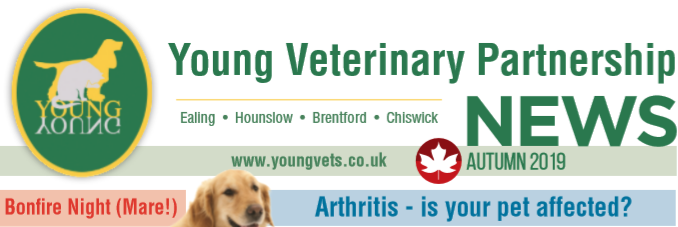
Feline SOS! Knowing when your pet needs to be seen as an emergency is an important decision for many pet owners. Our Autumn News will provide you with some great advice on how to spot a feline emergency. Hopefully this is something that will never happen to your pet but it is worth being aware that sometimes there may be no obvious injuries but this doesn’t mean its not an emergency.
Wasps and bees will be getting slower during the Autumn season and although their stings rarely cause serious issues, they can be very painful. Swellings can appear quickly on paws if your cat has been batting them about, or mouths if they tried to eat them! Autumn Alert, gives you some top tips on the range of pet care challenges that we must be prepared for.
Our Autumn Alert news includes the signs of arthritis to watch out for, the common causes plus it compares a healthy and arthritic joint side by side to help you understand the aches and pains that arthritis can cause. Although this painful condition cannot be cured, most pets will benefit from at least one of the wide range of treatment options we have available. If you have noticed your golden oldie slowing down why not contact us today to discuss how we can help your pet.
